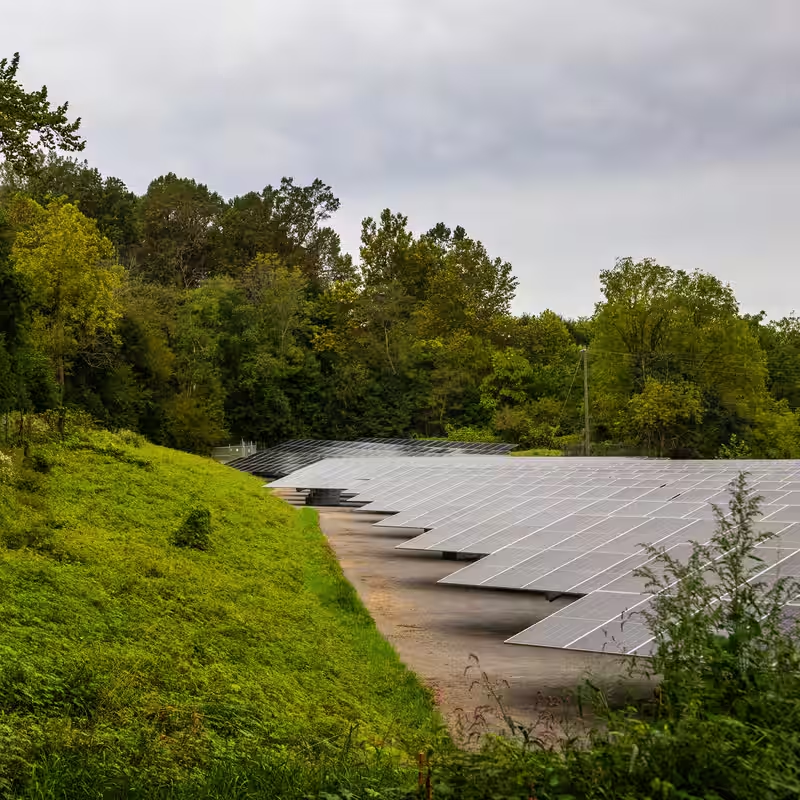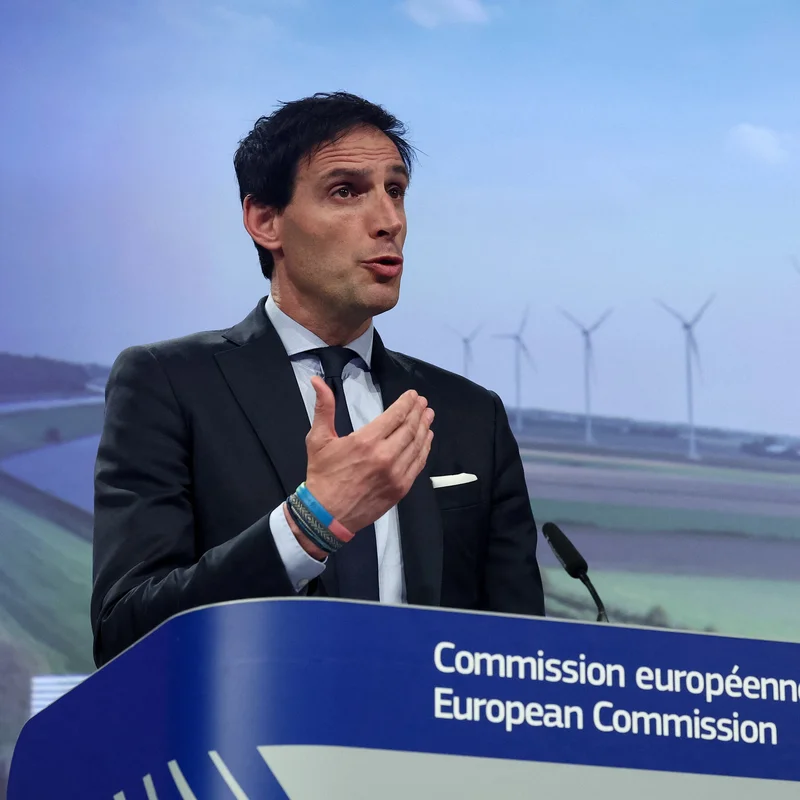In a twist that’s baffling critics and energizing clean-tech investors, renewable energy in the United States is surging—despite the Trump administration’s aggressive efforts to roll back climate policies and gut federal subsidies. Far from slowing down, solar, wind, and battery projects are accelerating at record pace, driven by a nationwide corporate rush to beat looming deadlines.
Why the Renewable Rush Is Happening Now
The catalyst? A ticking clock. In a summer 2025 budget deal, Congress voted to eliminate key clean energy tax credits years ahead of schedule. To qualify, wind and solar projects must now be under construction by July 2026. Battery storage installations have a slightly longer runway—but not much.
“There’s this huge hurry-up that is taking place,” said Thomas Byrne, CEO of CleanCapital, a New York-based developer of solar and battery projects. Companies aren’t waiting—they’re breaking ground, ordering turbines, and wiring megabatteries as fast as supply chains allow.
Record-Breaking Projections Through 2027
According to BloombergNEF, the U.S. is on track to install near-record levels of renewable capacity over the next three years. Their latest forecast, updated in April 2025, shows a dramatic upward revision—more than 10% higher than previous estimates.
By 2027, analysts expect the country to add over 80 gigawatts of combined wind, solar, and battery storage—enough to power more than 60 million homes.
U.S. Renewable & Battery Capacity: Projected Growth (2025–2027)
| Year | New Capacity Added (GW) | Key Driver |
|---|---|---|
| 2025 | 24 GW | Tax credit rush begins |
| 2026 | 30 GW | Final push before July deadline |
| 2027 | 28 GW | Projects already in pipeline |
Trump’s Policies vs. Market Momentum
While the administration has slashed incentives and delayed permitting for clean energy, it hasn’t stopped the underlying economics. Solar panel and battery prices have plummeted over the past decade, making renewables the cheapest source of new electricity in most of the country—even without subsidies.
“The market has spoken,” said Dr. Elena Martinez, an energy economist at Stanford. “Once the cost curve bends this far, policy headwinds can’t reverse it—they can only delay it slightly.”
What Happens After 2027?
Experts warn that the boom could taper off post-2027 if no new incentives are introduced. Without tax credits, some marginal projects—especially in less sunny or windy regions—may stall. But the infrastructure being built now will lock in decades of clean power.
“We’re laying the rails for the next 30 years of America’s grid,” Byrne added. “Even if policy shifts, the electrons won’t go back in the box.”




